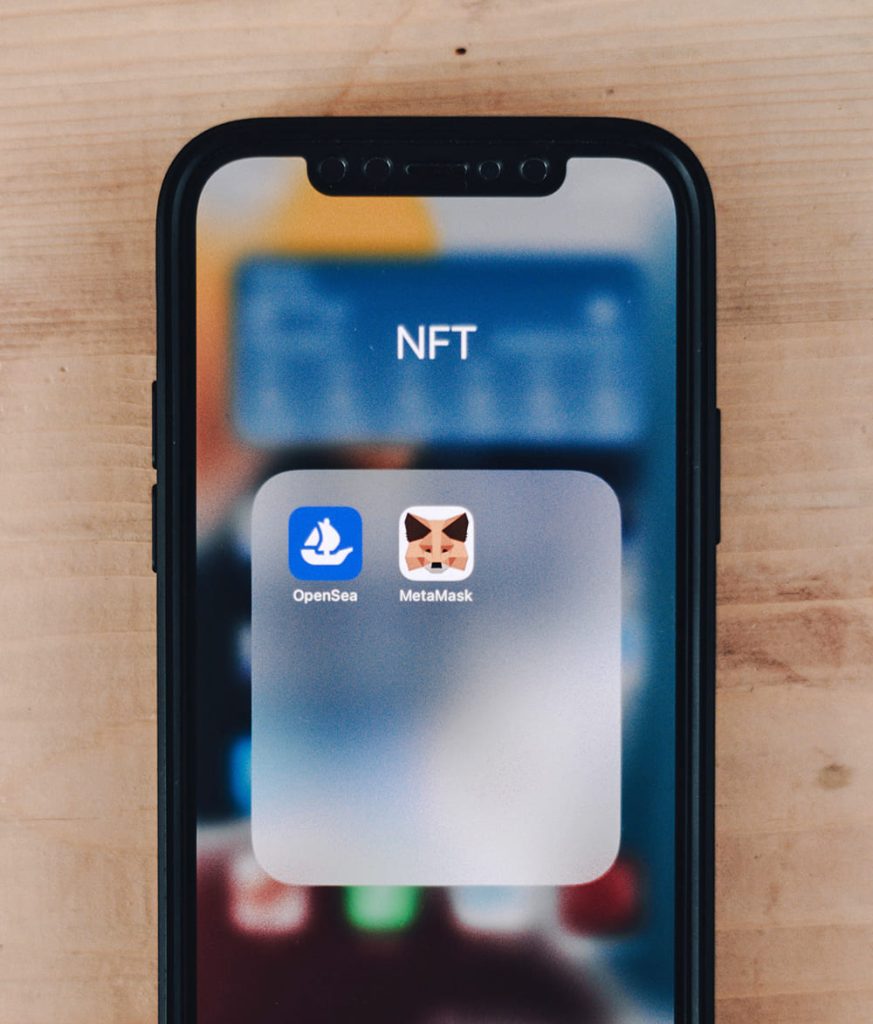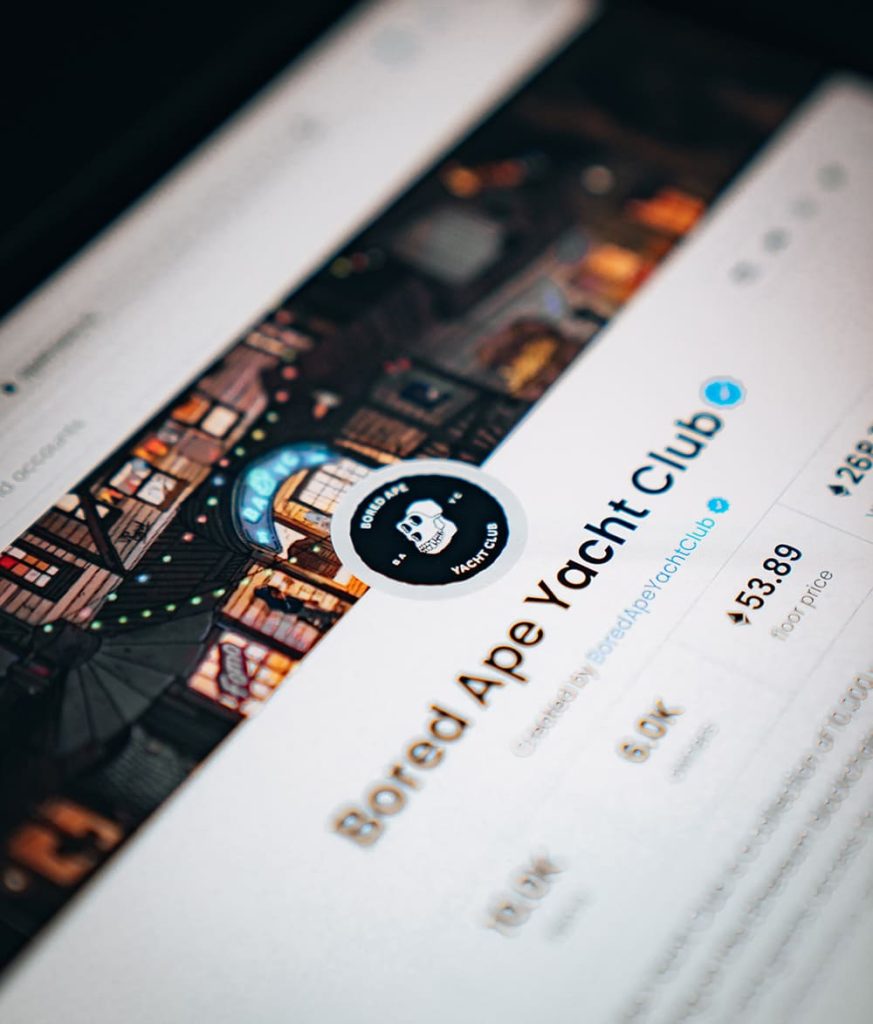Since the early 2000s, our online social interactions have evolved far beyond what was once thought possible. Blog reading and website consultation, the staples of the early internet, have given rise to our ability to comment, share media, listen to music, and watch movies, allowing users to connect and expand their knowledge bases globally.
To connect and centralize all these interactions, social networks, such as Facebook and Twitter, established themselves as essential fixtures in a heavily monopolized market. In order to continue to offer free access to their services, they developed a new way to make money off of their users: gathering our personal information.
Social Networks: The Double-Edged Sword
The use of our data without the informed consent of the user quickly became a source of debate. Is a service truly free if the user’s data is worth far more than the cost of a subscription could ever be?
The resale of our personal data to third parties for advertising purposes has evolved into algorithms updated to offer content “more adapted” to our preferences. The ability to create microtargeted ads designed with the intent to improve service encouraged increased analyses of our online behavior.
This increase resulted in several negative consequences:
- Targeted content created “echo chambers”, encouraging users’ sometimes extreme convictions by providing them with content that rationalizes their beliefs.
- Profiling our online interactions has turned into widespread surveillance where data is shared across platforms to track and monitor everything a user is doing online.
- Greater censorship of content and accounts that may not be considered ‘advertiser friendly’
- Behavioral manipulations to influence elections (Cambridge Analytica)
On the other hand, this faster exchange of information has also allowed for more checks and balances to appear in our interactions. Virtual actions have started to have more and more consequences in our real lives. Accountability and a lack of complete anonymity have taken away the ability for most to hide behind a username.
Overall, it is clear that the need to regain control over our personal data has become crucial.
Rather than questioning and correcting existing problems, Facebook preferred to work on the Diem project (ex-Libra). A digital currency issued and controlled by Facebook. Then in 2021, Facebook renamed itself to Meta. Announcing the establishment of a large interconnected virtual universe for all its users.
What could go wrong?
NFT and Decentralized virtual worlds
Since 2018, other virtual world projects have been created. Projects using a public blockchain and Non-Fungible Tokens (NFTs). With user-centric policy and horizontal governance through the Decentralized Autonomous Organization (DAO).
It is important to keep in mind that these projects were created during a bear market. With few users, few means, unenthusiastic investors, and very little interest from the general public.
Driven by the ambition to create new online experiences in a nascent industry, these decentralized metaverses have all shaped their own identity. While some want to reproduce Second Life, others allow you to create your own video game.
Let’s take a closer look at the peculiarities of the most famous NFT metaverses today!
Decentraland
In 2017, at the beginning of Decentraland, there was a map cut into 40,000 virtual Lands. The particularity of these Lands is that each of them is an NFT. Although Etheria has been present in the ecosystem since 2015, Decentraland was the first project on Ethereum of its kind to use the ERC-721 standard.
Decentraland’s goal is to offer an open and compatible virtual world in virtual reality. Users can freely browse the map and interact with the different elements of the décor. Land owners enjoy great creative freedom thanks to the various tools at their disposal.
We were able to attend several types of events organized in this metaverse:
- In 2019, an event to celebrate Halloween
- In 2020, to celebrate Christmas in Decentraland
- In 2021, the first Metaverse Festival,lasting 4 days
Telling the whole story of Decentraland deserved a full article on the subject. Do not hesitate to read it to understand the journey made by this project!
The Sandbox
Launched in 2018, The Sandbox aims to create a virtual world entirely dedicated to user-created video games. With a graphic style in Voxels, many tools are offered to users and players to create an infinity of objects, adventures, and universes.
To host the game of your dreams, each LAND is an NFT on which it is possible to build a dedicated universe. And to make it easier to build these universes, several tools are available to create objects, characters, and monsters. Users and players are encouraged to develop new worlds, but not only! The Sandbox has forged numerous partnerships with brands and IPs around the world.
The economy in The Sandbox is also paramount. To be able to realize the concept of play to earn (P2E) in its metaverse, The Sandbox has built its universe around the token $SAND.
This token serves as both a governance token and a utility token to exchange NFTs on the various marketplaces.
CryptoVoxels
Appearing in 2018, CryptoVoxels is a metaverse that puts artists at the center of the project. In this universe, each plot of land is an NFT and can accommodate buildings in the Voxel style.
With CryptoVoxels, the idea has always been to give creators a lot of freedom. Museums, exhibitions, festive events or sometimes unique architecture, everyone is free to create the building they want to host various events.
We went there in 2020 to share our feelings on this project that managed to bring together the original community of the most famous crypto artists that continues to grow over the years.
Metaverses are interconnected virtual worlds.
One word comes up regularly in metaverse projects: interoperability. According to the Cambridge dictionary, Interoperability is “the degree to which two products, programs, etc. can be used together, or the quality of being able to be used together”.
Today, it is not possible to have the same building in Decentraland and CryptoVoxels at the same time. Similarly, objects created in The Sandbox cannot be used in Decentraland and vice versa.
Yet, thanks to the interoperability offered by the ERC-721 and 1155 standards, it will be only a matter of time before that happens. For the moment, everyone has managed to integrate other projects such as artistic marketplaces (SuperRare, Makersplace, Known Origin…).
The interconnected galaxy of NFTs is taking shape day by day, but “the Metaverse” is still far from being accomplished. In the end, the metaverse is the conglomeration of all of these worlds together.
NFTs bring endless new possibilities to the web industry, and virtual worlds will enable an even more complete online life. But as always its important to keep in mind the historical knowledge of how current social networks have evolved to ensure we do not reproduce the same mistakes in this new global universe!




